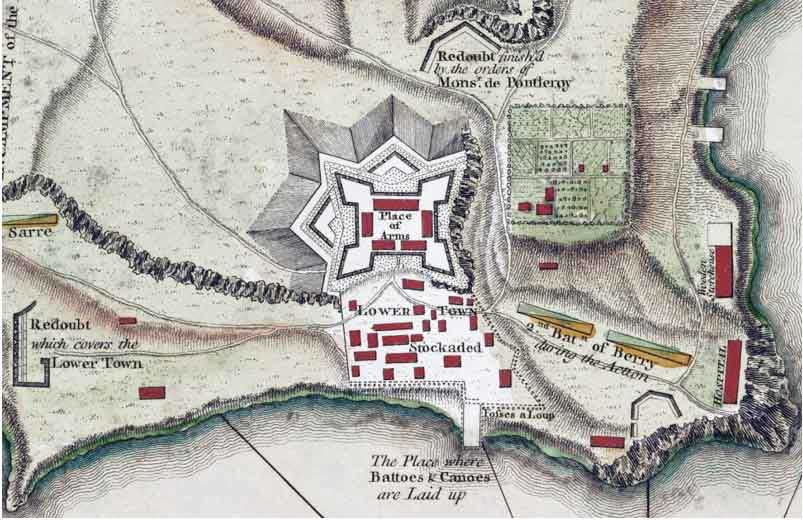British recapture Ticonderoga 1777

The British captured Fort Ticonderoga on July 6, 1777. They accomplished this task painlessly by stationing cannons on a peak overlooking the fort. The Americans then withdrew to fight another day.
.
The British plan for 1777 was to send an Army south, from Canada, to divide the colonies. General Burgoyne commanded the British forces. As he set off, Burgoyne spoke to a group of Indian allies calling on them: "Warriors", you are free! Go forth and strike at the common enemies of Great Britain and America, disturbers of peace.
In June of 1777, General Burgoyne set off down Lake Champlain bound for Fort Ticonderoga. Burgoyne had two fully rigged ships and 36 other ships, along with 7,400 men. The British troops landed about three miles north of the fort. They headed for the West shore, while the German troops moved east. All of the troops were to face General St. Claire and his forces at Fort Ticonderoga.
Fort Ticonderoga had been allowed to deteriorate in the years since it was used by the British to guard against the French. The American commander was concerned that he had neither enough troops, nor enough supplies to hold off the British. He was aware of a nearby mountain peak that overlooked the fort. However, the Americans had long believed the peak was too steep for the British to successfully transport artillery up its extreme incline. General St. Claire was concerned, but there was little he could do.
On July 4th, two days after they arrived near Ft. Ticonderoga, the British managed to send troops and artillery to the top of Sugar Loaf Mountain (the peak the Americans felt was unreachable.) When General St. Clair discovered the British forces on the mountain, which dominated the American position, he decided the prudent course was to withdraw and fight another day.
In the middle of the night of July 5th, Americans began to withdraw. St. Clair sent his supplies and sick troops by water. The bulk of his army left via the military road. In the morning, General Burgoyne sent his warships to blast a hole in the boom blocking the lake. Burgoyne captured the American supplies. The men guarding the American supplies, commanded by Colonel Long, escaped in a running battle. In the process, the American troops badly mauled the British 9th Foot.
Meanwhile, after a rapid and near frenetic withdrawal from Ticonderoga, the main body of the army was bivouacked at Fort Hubbardton. The rear of the American army was guarded by Colonel Ebenezer Francis' 11th Massachusetts. The British attacked. In a deadly fight, Colonel Francis was killed, and the American rear guard was nearly destroyed. However, the American's gave, as well as they received, and were able to stop the British assault, thus allowing for the successful escape of the army.
 >
>